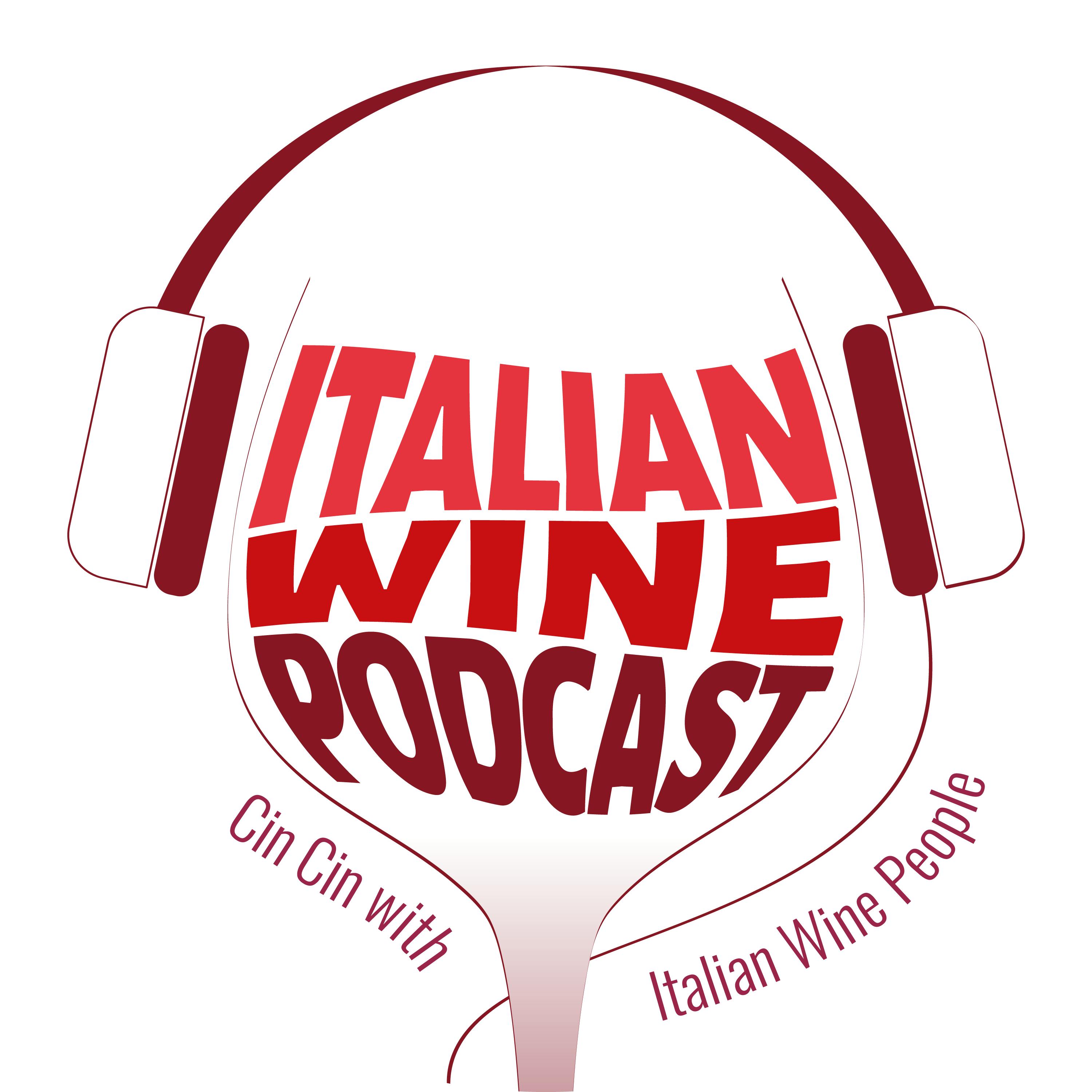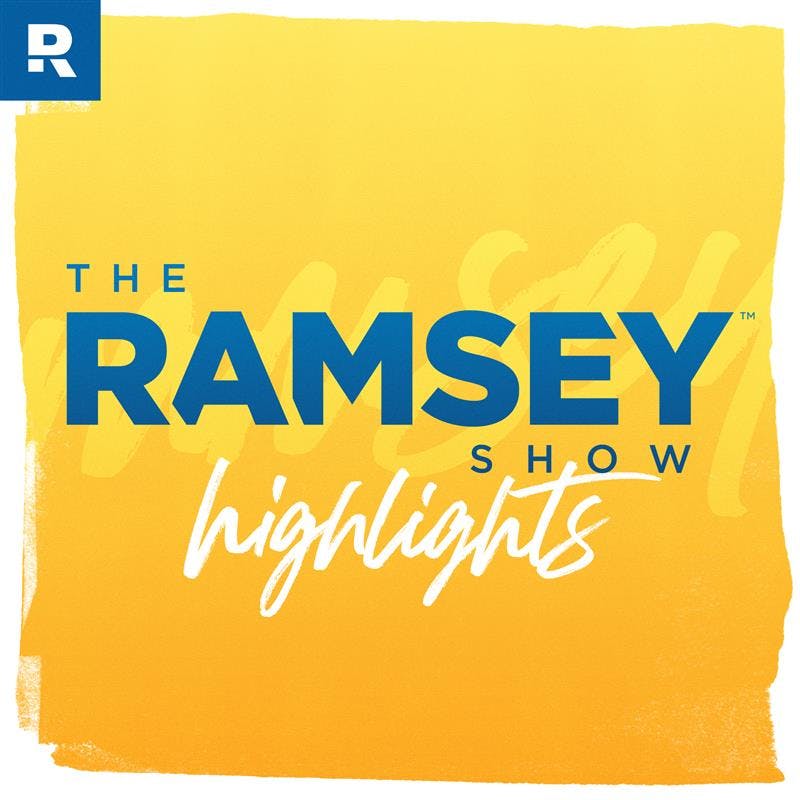AE 1366 - The Goss: Aussie Farmer is Breeding Super Sheep
Episode overview: low-maintenance sheep and Australian wool industry explained
In this conversational "goss" episode, Pete chats with his father about contemporary issues in Australian sheep farming: breeding shedding sheep, mulesing and flystrike prevention, labour shortages, agistment decisions during drought, and surprising historical anecdotes about wool. The interview is a natural, multi-speaker discussion ideal for English learners seeking authentic listening practice while learning about agriculture and livestock genetics.
Breeding shedding sheep and alternatives to shearing
The episode explores the rise of shedding breeds and breeding programs that remove the need for annual shearing or mulesing. Listeners learn how some producers aim to create low-input sheep — animals that naturally shed fleece or develop weaker fibre nodes so wool falls out — reducing labour and processing costs for producers facing workforce shortages.
What is mulesing and how farmers prevent flystrike
The hosts explain mulesing (removing wrinkled skin around the breech to prevent flystrike) and mention crutching, coatings and breeding solutions as less invasive alternatives. This section clarifies animal health risks like flystrike and practical prevention methods used by Australian farmers.
Drought, agistment and the economics of running sheep
They discuss how drought forces farmers to either feed livestock expensive hay, agist (board) animals on other properties, or sell stock when inputs exceed returns. This practical economic perspective explains why breeding for low-maintenance traits is increasingly attractive.
Wool quality, Merino specifics, and surprising farming folklore
The conversation touches on why Merino wool performs better in drier regions (producing finer fibre when nutrition is moderate), the grading of wool from superfine to coarse, and an unusual local story about a man who collected “dead wool” off dead sheep — an anecdote that illustrates rural incentives and biosecurity risks like septicemia.
Why language learners should listen
- Natural spontaneous dialogue with cultural references ideal for improving listening comprehension.
- Transcripts and PDF resources are available via the Aussie English membership to read-and-listen simultaneously.
This episode blends agricultural insight with everyday Australian banter, making it a rich resource for learners who want vocabulary on farming, animal health, genetics, and regional economics, plus authentic Aussie idioms and pronunciation.




